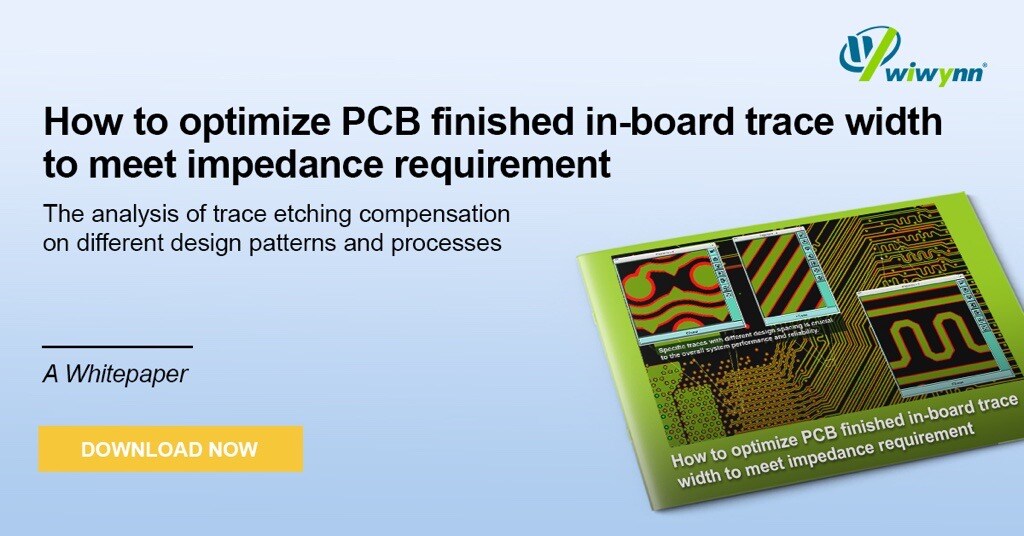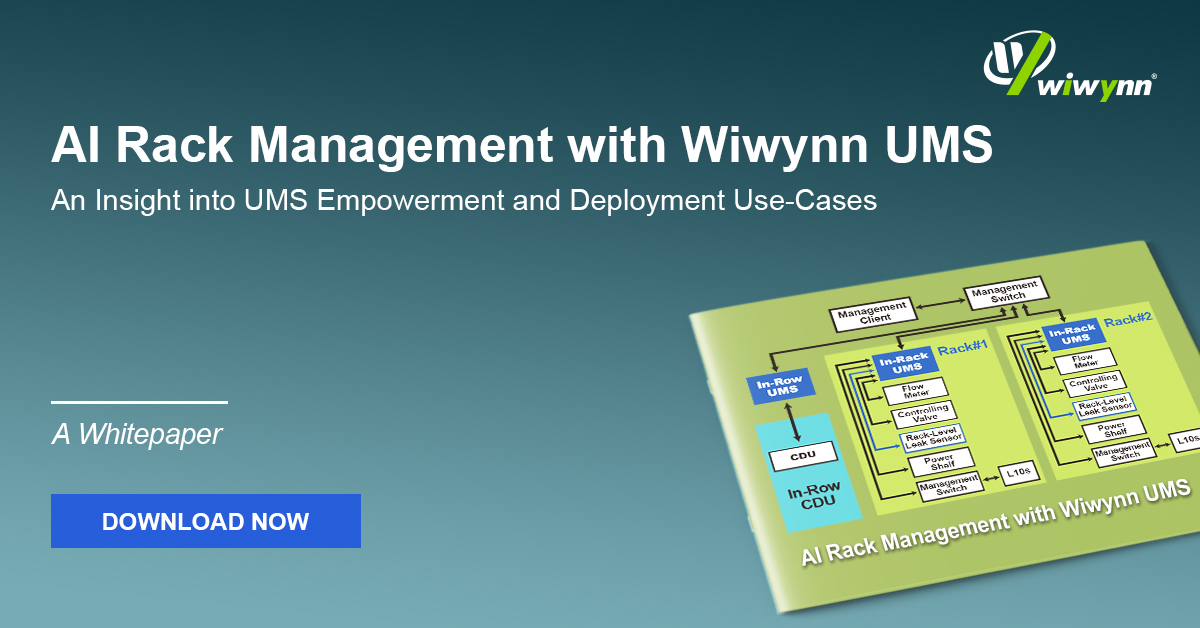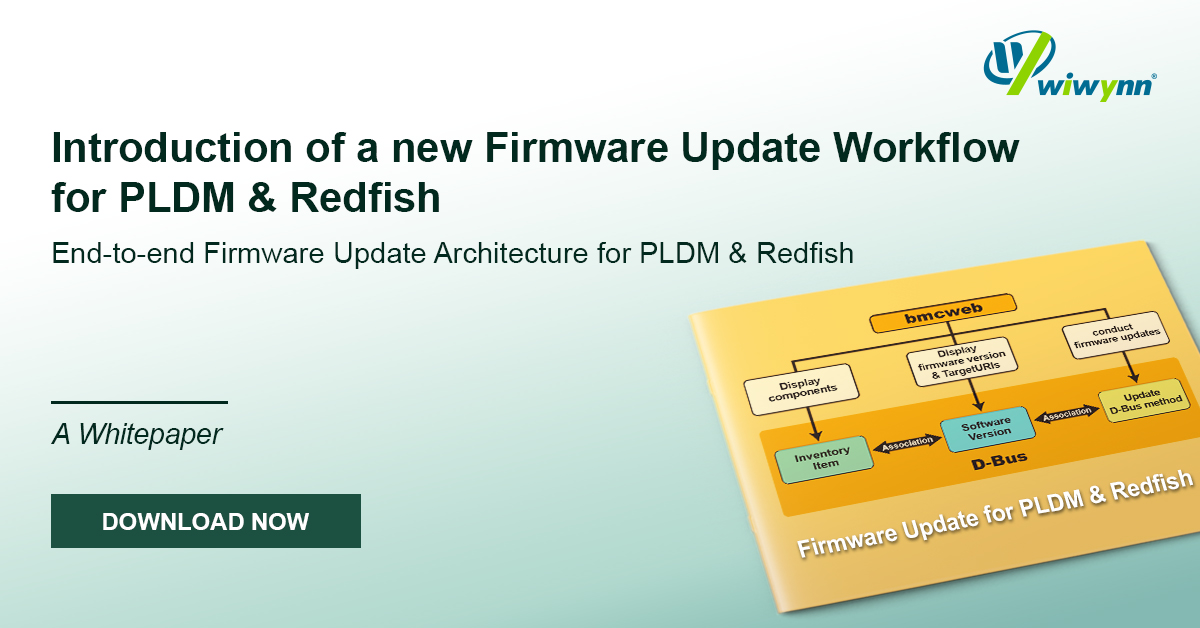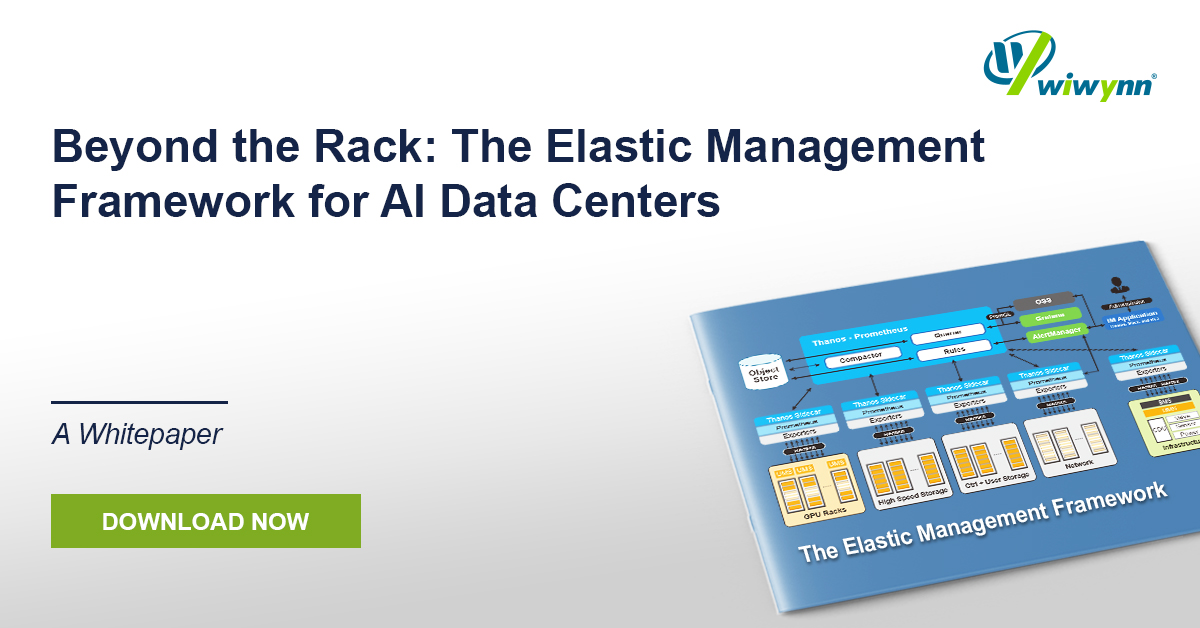1 min read
White Paper: AI Rack Management with Wiwynn UMS
This paper discusses the rapid expansion of AI workloads and the resulting transformation in data center infrastructure requirements. Traditional...
Press
Jul 26, 2024 6:30:27 PM

Impedance matching in trace design may lead to problems such as signal reflections, crosstalk, and dissipation, which can affect the overall system performance and reliability. In design and manufacturing processes, characteristic impedance is prominent in even the slightest variations of any factors, which can deviate the intended impedance value, potentially resulting in unforeseen effects on the product.
Wiwynn conducted a series of experiments and analyzed various factors under proper process control. Based on the experimental results, it can be observed that the lateral etching amount of traces is influenced by copper spacing and thickness.
Register to Download the whitepaper!

1 min read
This paper discusses the rapid expansion of AI workloads and the resulting transformation in data center infrastructure requirements. Traditional...

1 min read
Firmware updates are essential for the BMC system. Each device requires a unique update flow and utilizes different transport protocols, such as I2C...

1 min read
AI clusters using next-generation accelerators (e.g., NVIDIA GB200) push rack power density beyond 130 kW, making air cooling insufficient and...